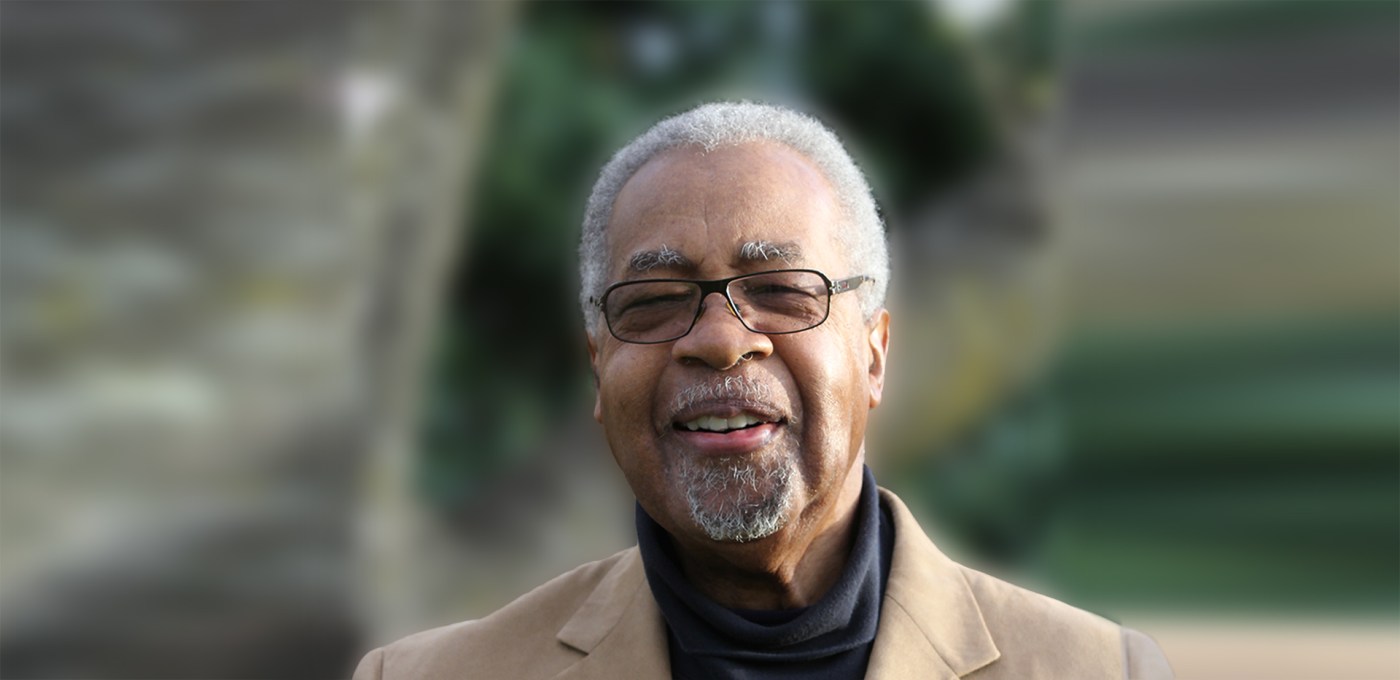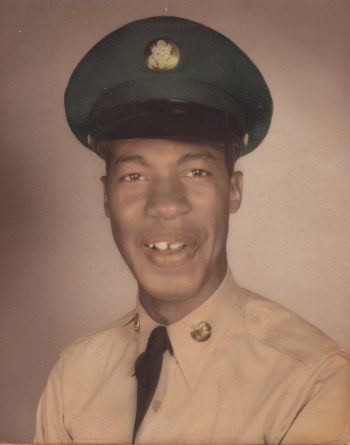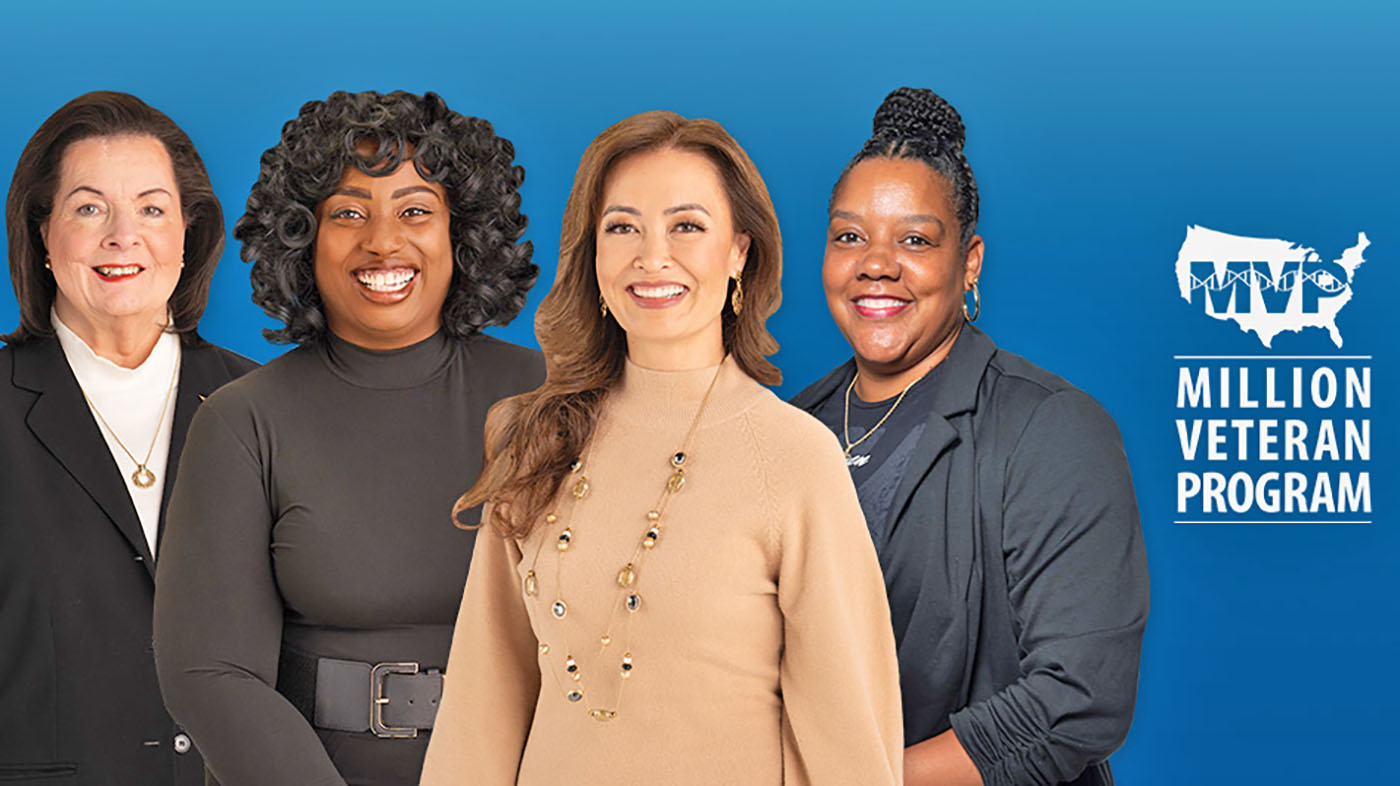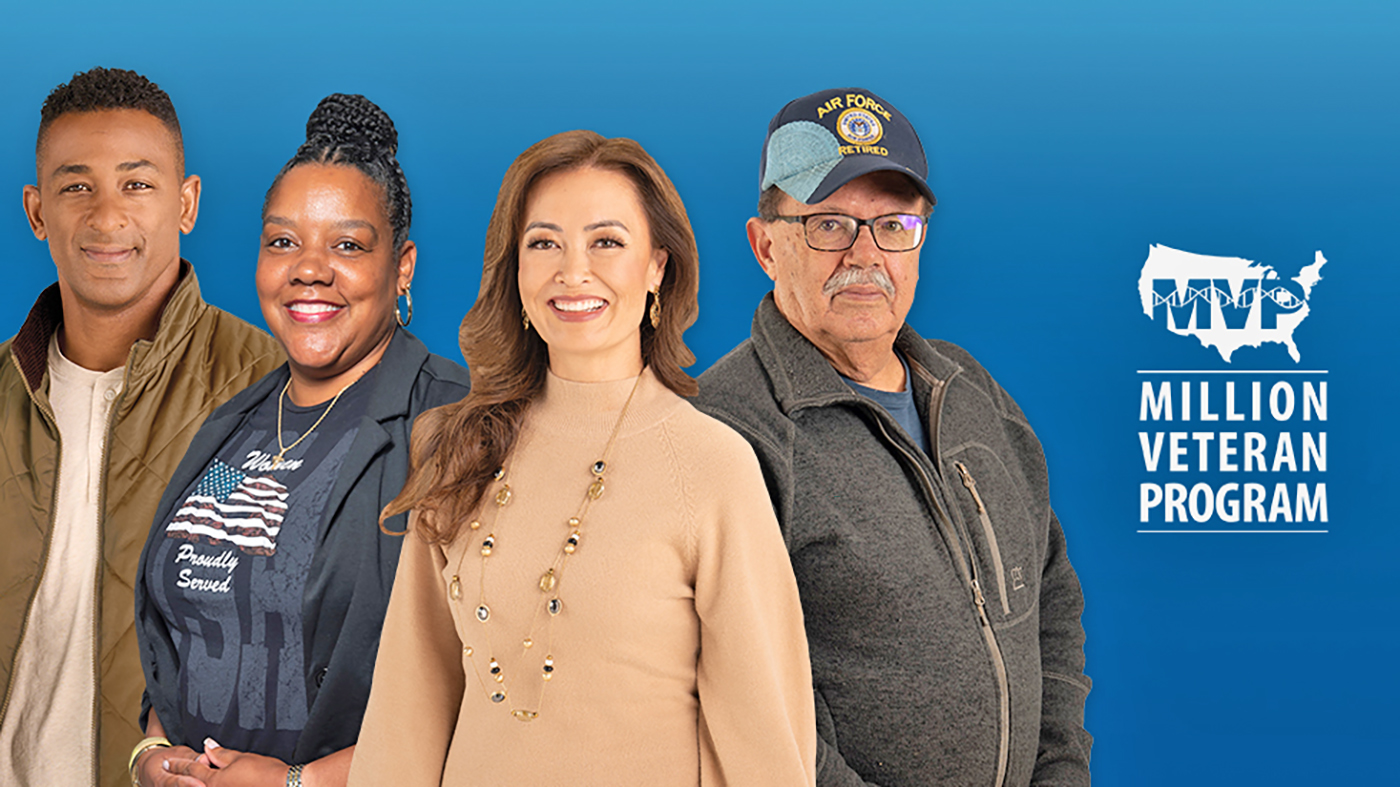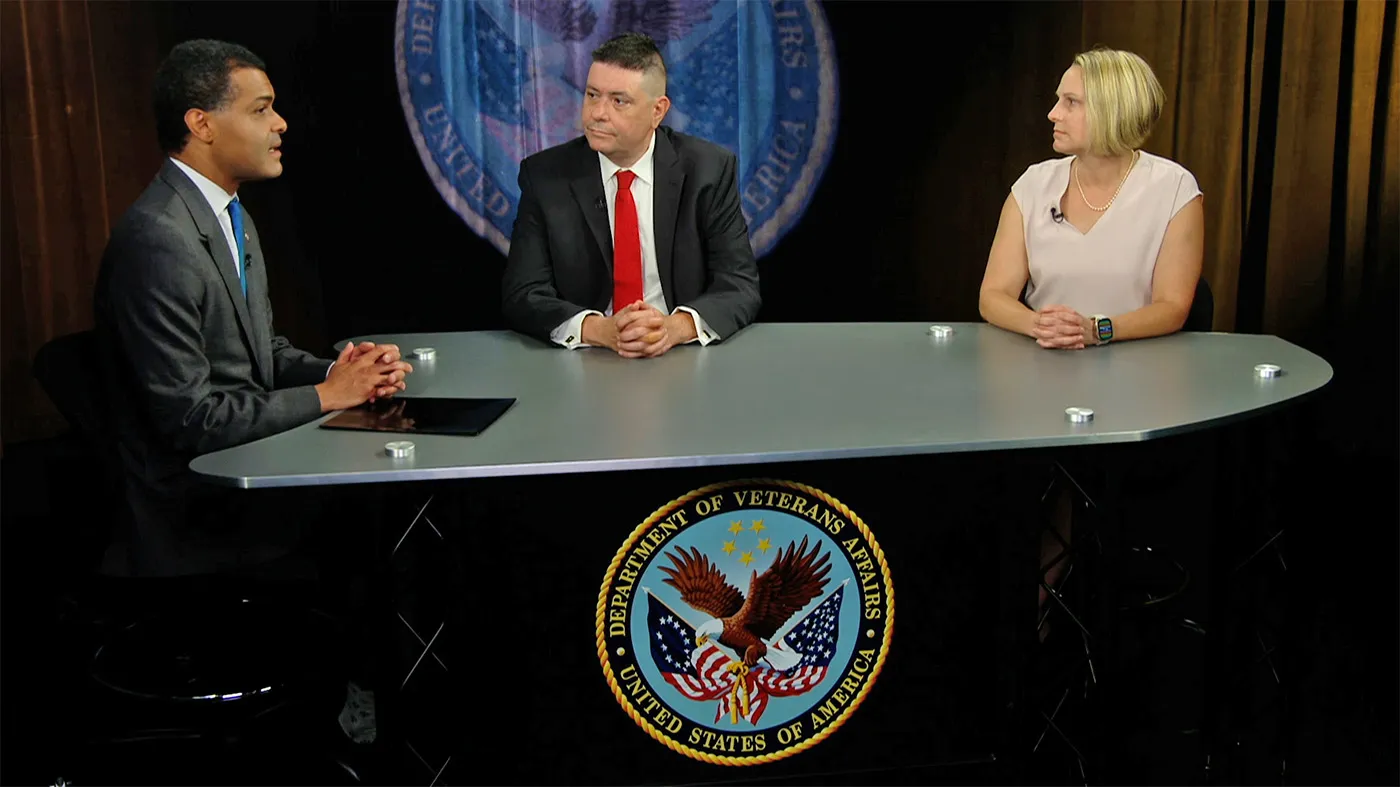The following feature is part of the series, VA Researchers Who Served. These profiles bring to life the critical work that VA researchers are doing for the Veteran community and highlight and recognize their military service, while including a touch of human interest and an inspirational tone. The series honors those who once served and who continue to serve through their VA research endeavors.
Dr. Matthew Kinnard, an Army Veteran, maintained oversight of all biomedical research activities in VA from 1979 to 1985 as chief of field operations for the VA Medical Research Service, which is today the VA Office of Research and Development. In his 43-year career in the federal service, he also carried out basic neurophysiology research on warm-blooded animals at the National Institutes of Health and served as a health scientist administrator for the National Institute of Dental Research and the National Institute of Child Health and Human Development. He served in the Army from 1959 to 1962 at the Water Reed Army Institute of Research, conducting lab research on viruses transmitted by insects. After retiring from the federal service in 2006, he worked as an adjunct professor of anatomy and physiology at the University of the District of Columbia for more than 10 years. He continues to serve as a science consultant for women and underrepresented minority institutions and as a mentor for students from high school through graduate and professional school.
What motivated you to join the military?
Based on my date of birth, it was my civic obligation to serve in the military, which I willingly did. I enlisted instead of being drafted so I could choose my permanent military occupational specialty, rather than risk being relegated to an advanced infantry unit. However, I mistakenly signed up for advanced training as a hospital medical nurse or as a corpsman treating and rescuing field casualties.
When I reported to Walter Reed Army Medical Center in 1959, as good fortune would have it, the placement officer noticed that I had earned a master’s degree in biology and offered me the chance to work in a lab designed to conduct Army research. Among the people who inspired me to fulfill my military obligation were my high school physical education instructor, himself a Korean War Veteran; several uncles and older cousins who had served and were serving in different branches of the military; a cousin and a brother-in-law, both of whom were original Tuskegee Airmen; and the entire air science (ROTC) faculty at Tennessee State University (TSU) that introduced me to a potential career in the U.S. Air Force.
What inspired your research career?
My inspiration for a research career started with my high school principal and professors, my college professors at TSU, and my co-workers at my permanent military duty station, Walter Reed, including Major Cliff Arrington, an African American. One person in particular was Jimmy Evans, a brilliant African American civilian microbiologist at Walter Reed, now deceased. Although he never formally earned a doctorate, Mr. Evans earned two master’s degrees in microbiology. My inspiration continued with senior staff members of the National Institute of Mental Health and the National Institute of Neurological Diseases and Blindness.
When and where did you serve in the military? Describe your military experience.
I was at Fort Jackson in South Carolina, Brooke Army Medical Center in Texas, and the Walter Reed Army Medical Center in Washington [D.C.]. Fort Jackson was physically challenging but necessary. Despite the fact that 60 years have elapsed since my basic training, I recall that the training cadre there consisted of a paratrooper company commander and an airborne ranger executive officer. Half the cadre of drill sergeants included former paratroopers. To further punctuate my basic training experience, my training unit was squarely atop the infamous “Tank Hill.” I think that sums up the physical challenge pretty good.
What kinds of research were you involved in? How did it potentially impact Veterans?
During my enlistment at Walter Reed, I engaged in virology research, which focuses on the study of the biology of viruses and viral diseases. Some of my research resulted in the discovery of the vaccine to prevent rubella, a contagious disease caused by a virus. Other aspects of my research were directly related to understanding potentially fatal encephalitic viral disorders, including deadly strains of Eastern equine encephalitis, Western equine encephalitis, Murray Valley equine encephalitis, and St. Louis equine encephalitis. The Epstein-Barr virus, one of the most common viruses around the world, was also among the viruses that we investigated.
I was assigned to a lab at the Walter Reed Army Institute of Research that was engaged in field studies of specimen obtained from every conceivable animal species that inhabited Assateague Island in Maryland. Also, while at Walter Reed, I worked directly with Dr. Paul Parkman, the co-discoverer of the rubella vaccine.
More Information
Click here to read the full story.
Click here to learn more about VA Research.
Topics in this story
More Stories
Diverse representation of women in health care research allows MVP to make discoveries for women’s health
Join the Million Veteran Program online. You will have the option to receive an at-home blood sample collection kit in the mail.
VHA's new podcast series, New Horizons in Health, features a candid discussion of psychedelic assisted therapies for Veterans experiencing mental health conditions.

